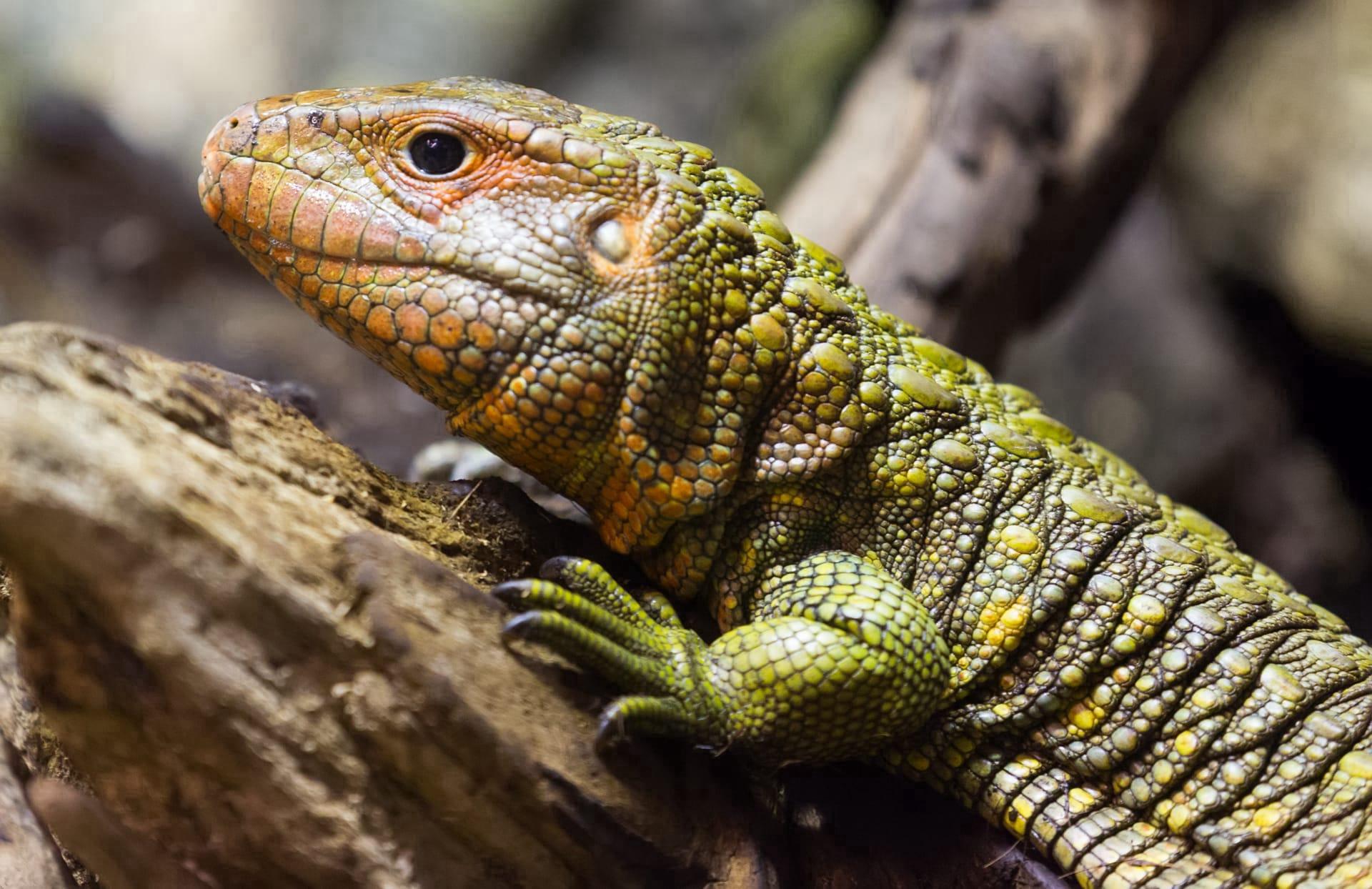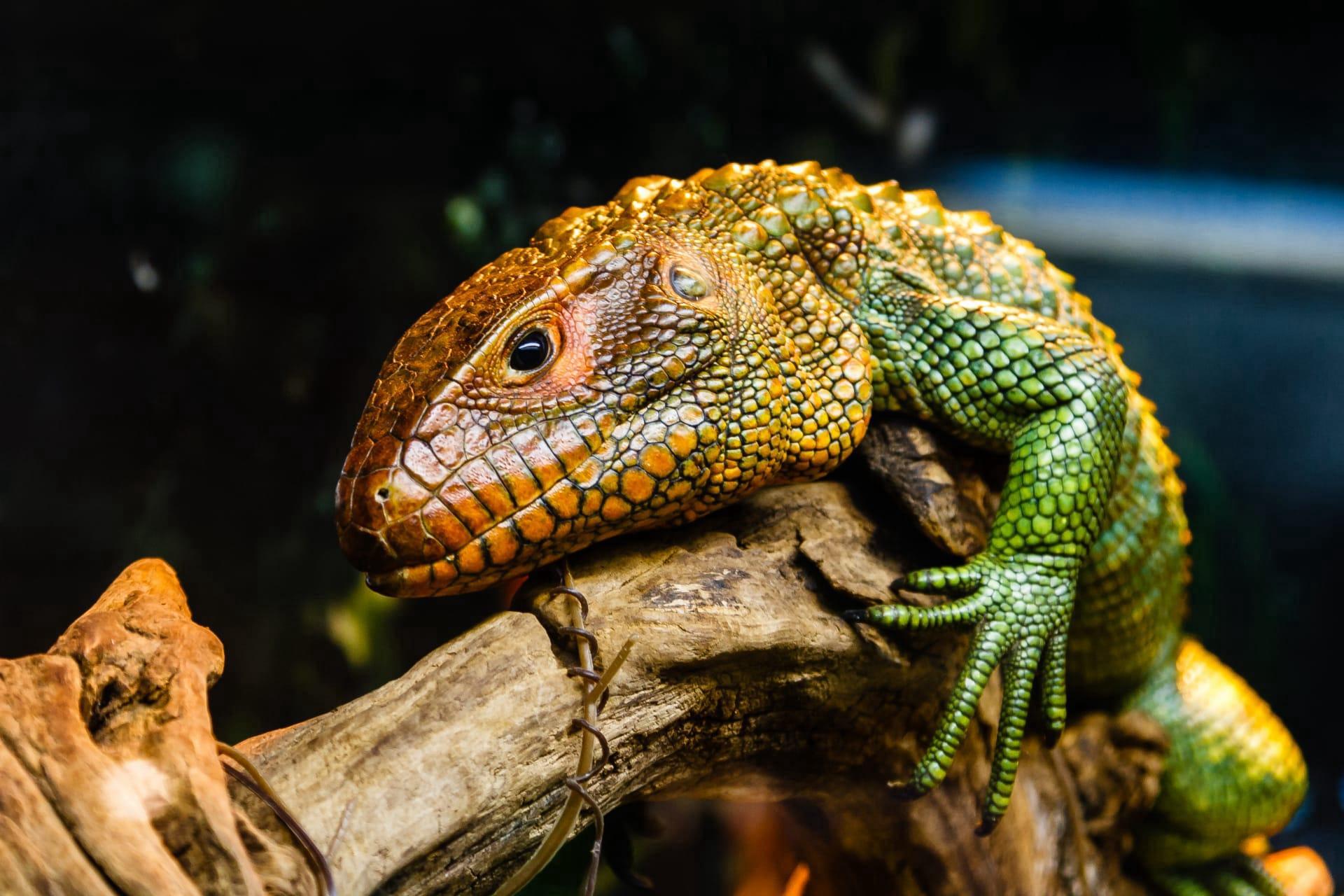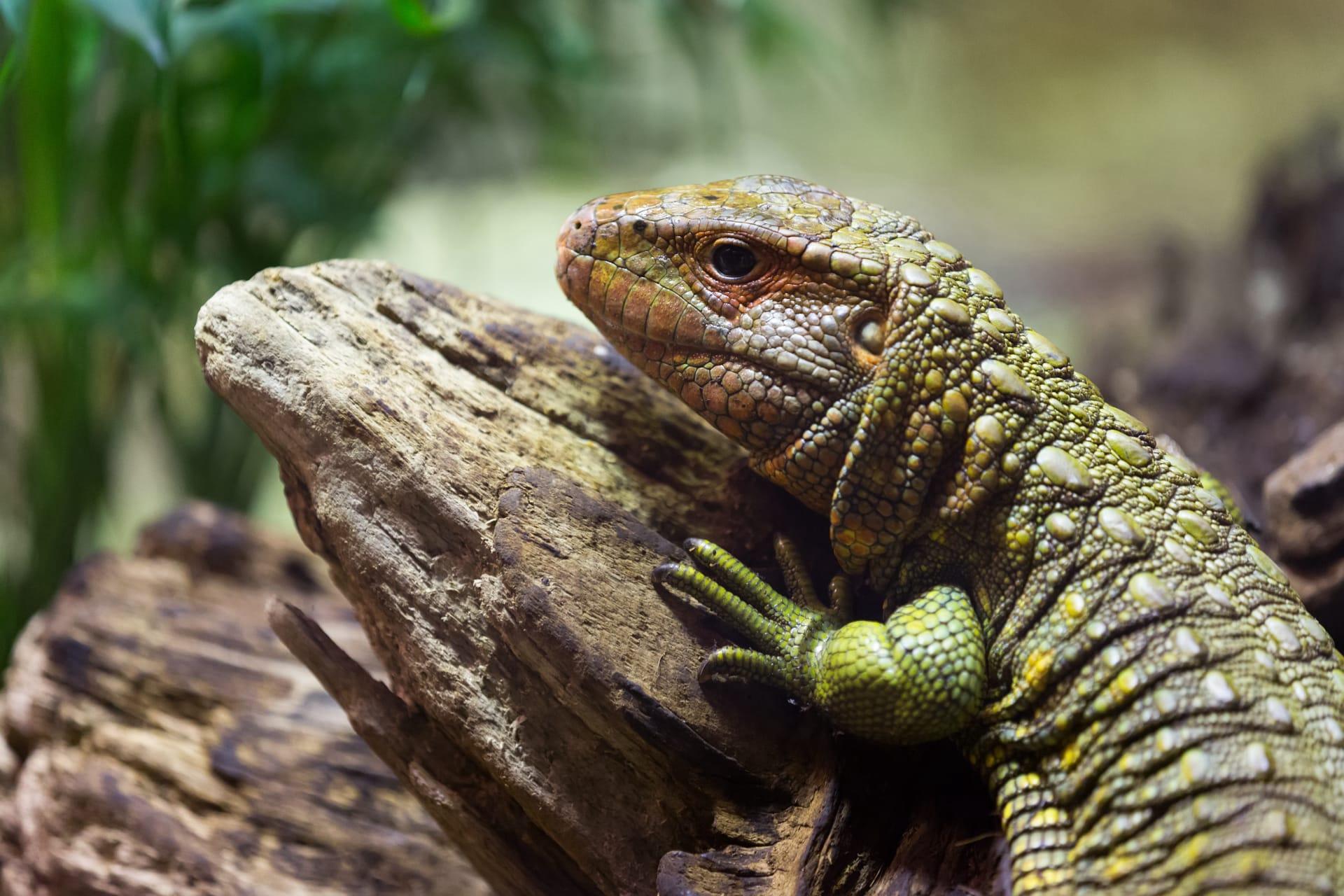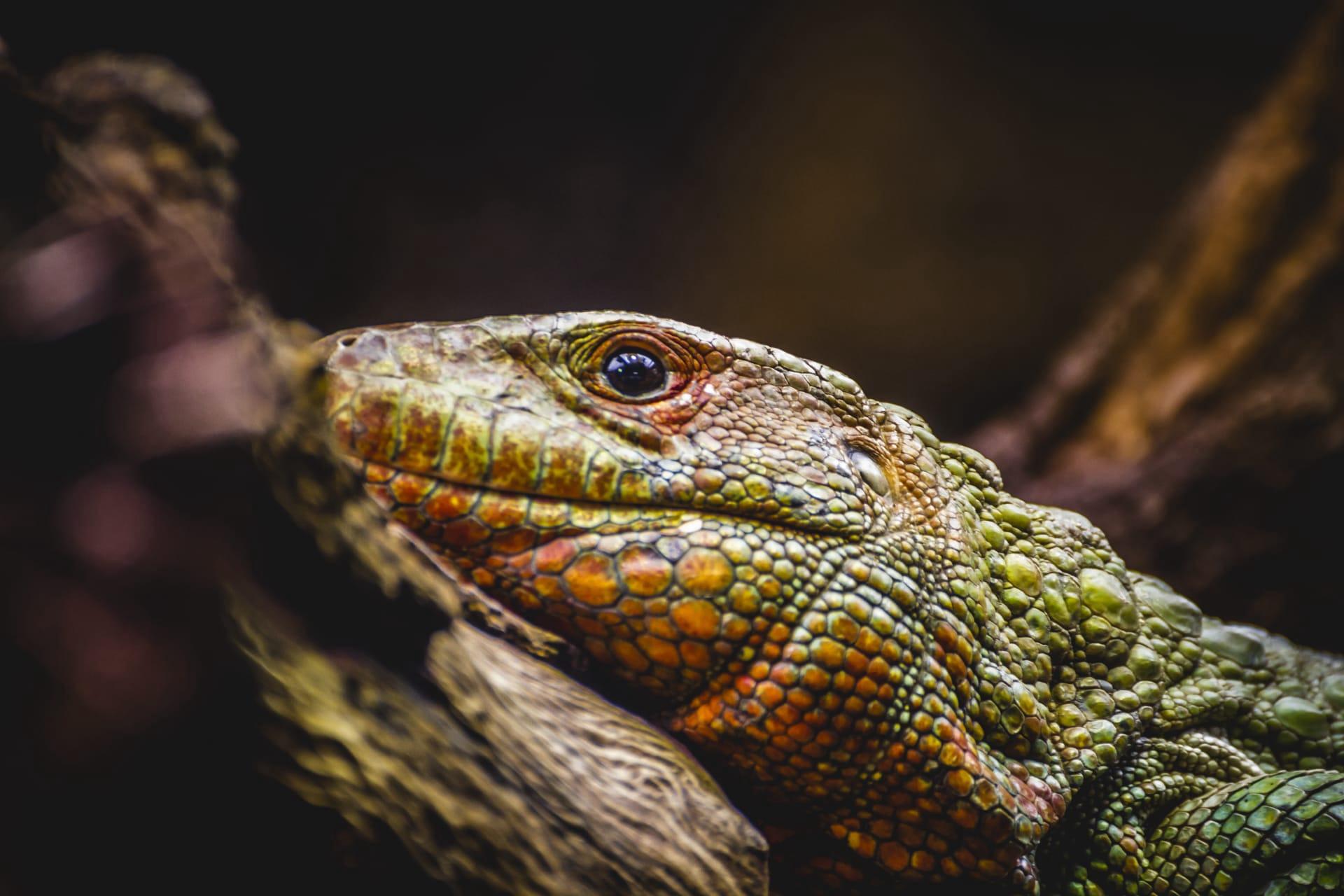Caiman Trivia
- Home /
- Trivia Question /
- Animal /
- Caiman Trivia
1
Question: How big can caimans get, and does their size vary among species?
Answer: Caimans, part of the alligator family, exhibit notable size variations across species. The largest, the black caiman, can reach up to 5 meters (16 feet) in length and weigh as much as 1,100 kilograms (2,425 pounds). On the other end of the spectrum, the Cuvier's dwarf caiman is much smaller, typically growing only up to 1.5 meters (4.9 feet) and weighing around 6 to 7 kilograms (13 to 15 pounds). These size differences reflect their diverse habitats and lifestyle adaptations.
Question: What is the typical lifespan of a caiman in the wild?
Answer: Caimans have a relatively long lifespan, especially in the absence of threats from predators or human activities. On average, a caiman can live for about 30 to 40 years in the wild. However, in captivity, under optimal conditions, they can live even longer, sometimes exceeding 50 years. This longevity is influenced by factors like diet, environmental conditions, and the absence of diseases.

2
Question: Are caimans dangerous to humans?
Answer: While caimans are often perceived as highly dangerous, incidents involving humans are relatively rare. Caimans generally avoid contact with humans and are not as aggressive as larger crocodilians like crocodiles. However, they can become defensive and potentially dangerous if they feel threatened or when protecting their nests. It's always wise to maintain a respectful distance and not provoke them.
Question: Do caimans have poor eyesight?
Answer: Contrary to the common myth, caimans have excellent eyesight, especially at night. Their eyes are well adapted for low-light conditions, allowing them to detect movements and shapes in the dark. This nocturnal vision is a critical adaptation for hunting in murky waters and at night, enabling them to locate prey efficiently.

3
Question: What do caimans primarily eat?
Answer: Caimans are carnivorous and have a diverse diet. Smaller caimans mostly feed on fish, amphibians, and insects. Larger species, like the black caiman, can tackle bigger prey such as birds, capybaras, and even smaller mammals. Juveniles tend to have a more insect-based diet, gradually shifting to larger prey as they grow. Their diet reflects their opportunistic feeding habits and the availability of prey in their habitat.
Question: How do caimans communicate with each other?
Answer: Caimans communicate using a variety of sounds, body postures, and movements. Vocalizations are particularly important during mating season. They produce distinct sounds like hisses, grunts, or barks, which serve different purposes, such as attracting mates, signaling distress, or establishing dominance. Young caimans also make vocalizations to communicate with their mothers, especially when they need help or are in danger.

4
Question: Can caimans tolerate saltwater environments?
Answer: While caimans primarily inhabit freshwater environments like rivers, lakes, and swamps, some species have shown a remarkable ability to tolerate brackish water. However, they are not typically found in marine environments like true crocodiles. Their preference for freshwater is due to their physiological makeup, which is less adapted for saltwater compared to their crocodile cousins.
Question: How do caimans regulate their body temperature?
Answer: Caimans are ectothermic, meaning they rely on external sources of heat to regulate their body temperature. They bask in the sun to warm up and retreat to cooler, shaded areas or water to cool down. This behavior is crucial for their survival, as it aids in digestion, mobility, and overall physiological efficiency. They are often seen lying on riverbanks or floating on water surfaces to achieve the optimal body temperature.

5
Question: How do caimans reproduce, and what is their nesting behavior?
Answer: Caimans reproduce by laying eggs, with the female building a nest on the riverbank or in marshy areas. The nests are constructed from vegetation and mud, creating an insulated environment for the eggs. A typical clutch contains 10 to 50 eggs, which hatch after about 6 to 10 weeks. The temperature within the nest can determine the sex of the hatchlings - higher temperatures generally produce males, while lower temperatures produce females.
Question: Are caimans considered an endangered species?
Answer: The conservation status of caimans varies by species. Some, like the black caiman, were previously on the brink of extinction due to hunting for their valuable skin but have made significant recoveries due to conservation efforts. However, they still face threats from habitat loss and illegal hunting. Other species, like the spectacled caiman, are relatively abundant and not considered endangered, though they are affected by habitat degradation and other environmental pressures.